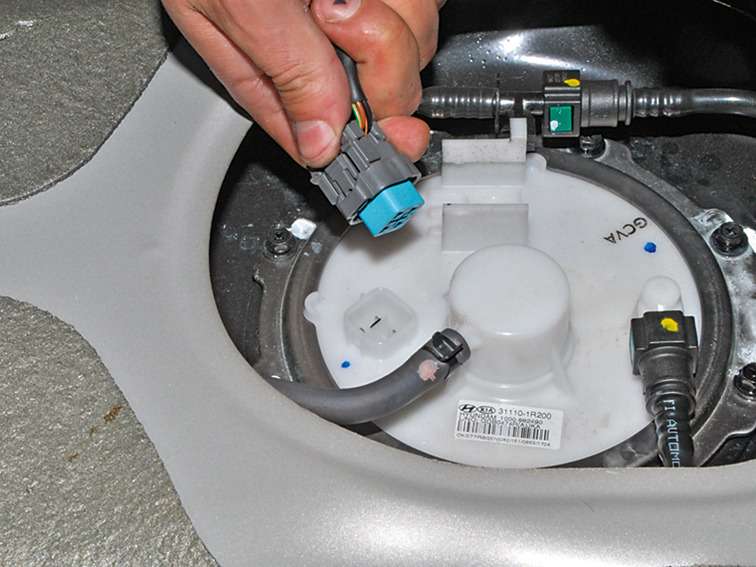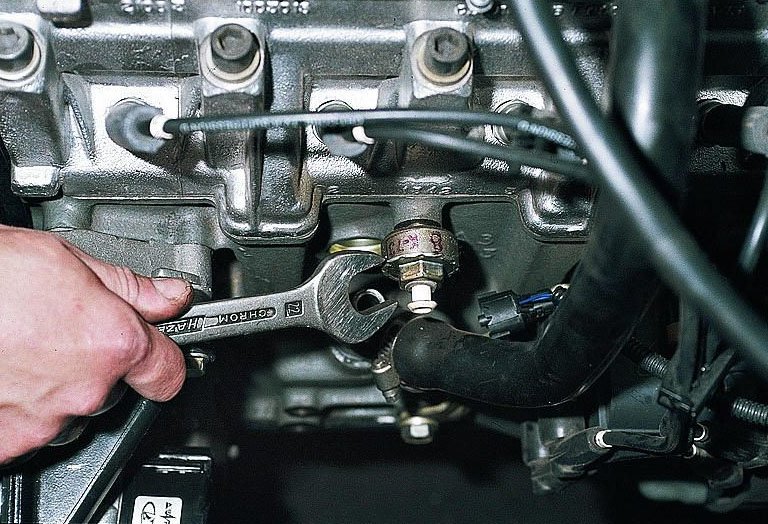
Honda fuel filter opening
The topic “how to fill a Honda” was already raised at the beginning of our activity. Then, back in 2008, we, guided by the best feelings, as well as the experience that was at that time, recommended using 92 or 98 gasoline, based on practicality and engineering calculations (compression ratio) on the one hand and convenience, on the other. In simple terms, filling with gasoline 92 (assuming its acceptable quality) seemed more correct and cheaper, and 98 - more reliable in terms of quality. In 2008, gasoline No. 95 at many gas stations in both Novosibirsk and Yekaterinburg (at that time only these two cities “supervised”) did not differ in stable quality. And the operation of the car on 98 gasoline was not only expensive.
Time passed, the percentage of different types of engines changed, the newest engines were originally designed for gasoline 95 according to the international classification, and operation on Russian gasoline 98, in principle, became less contraindicated for them than for old-type engines. On the other hand, driving on 98 petrol has become even more expensive than it was in 2008.
Honda Fit came to our service today to replace the fuel filter. The mileage of the car on the odometer was more than 150 km, and judging by the history of the car, no one changed the fuel filter, designed for 000 km. The interest of the entire operation was added by the owner's assurances that the car has been operated only on AI-80 gasoline for the last six months (from the date of purchase), the highest quality gasoline available.
With the permission of the owner of the car, whose name is Boris, we publish photos of Honda Fit fragments, as well as the process of preparing the fuel filter.
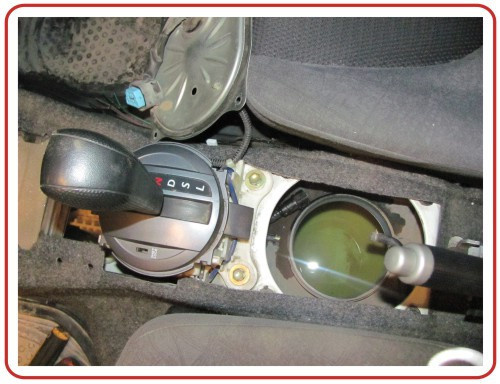
The fuel filter has been removed from the fuel tank. As you can see, the location of the fuel filter on the Honda Fit is exactly between the front seats of the car. There are practically no deposits in the tank itself. Almost perfect condition.
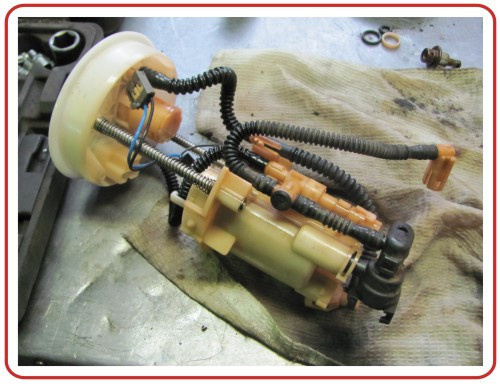
Fuel filter on a workbench. The fuel pump is already disassembled and ready to go. Actually, the grid (if anyone is interested) installed on the fuel pump was “tired”, but not dead, and therefore, after the flushing and pumping procedure, it was installed in its place.
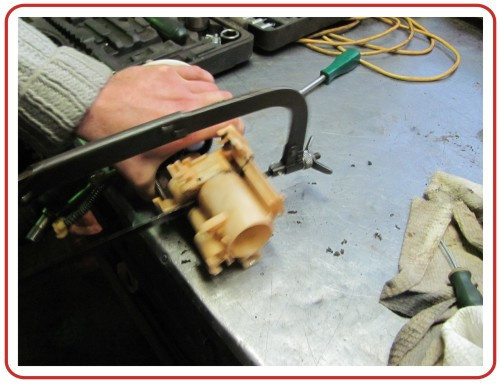
The process has started! In fact, the photo shows the final part of the “wash”. A little more and we will see "what's inside."

The effect has been achieved. The filter is cut. Boris (Feet's owner) is overwhelmed by the amount of dirt. To be honest, we don't have much. The filter is certainly dirty, but we have seen much dirtier!

Close-up of a filter element. The dirt present in the folds of the element is, of course, real, high-quality and hard. Even grains of sand and debris are visible inside the element, but, excuse me, where are the resinous deposits?!
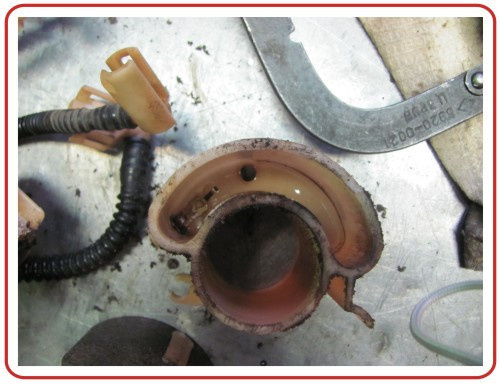
The housing of the filter element inside is also, one might say, clean. Some "sand" is found, but it has reliably leaked out.
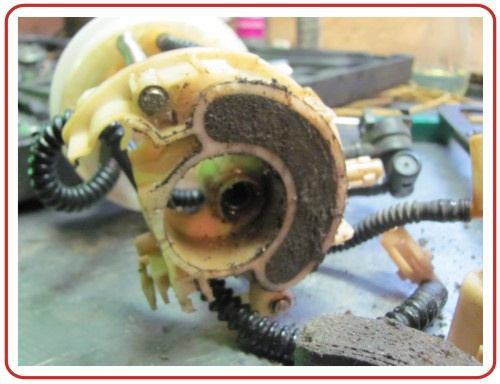
Upper part of the filter element. All of the above applies to her.

Expanded fuel filter element. Dirty, but there is no reason to panic. The filter, of course, had to be changed, but the amount (and most importantly, the quality!) of dirt inside turned out to be much less than expected!
The reason for the relatively good condition of the filter element, in our opinion, is the use by Boris of the 98th gasoline as the main one for his car. I want to note that this note is not a call or recommendation for everyone to switch to 98 gasoline in unison. In the end, we must not forget that the design features of each model are individual. Someone is 98 like a brother, but someone can come out with burnt valves.
On the other hand, the “Sverdlovsk experiment” on sawing the fuel filter of a car running on 92-octane gasoline is still fresh in my memory. There was real mud with tar and fossils. In our case, we simply had a “clogged” fuel filter, which suffered the most not so much from gasoline additives and dirt, but from banal debris - dust, sand, and other things that accidentally got into the system.
In the future, we plan to publish for comparison cut filters from cars that were operated on 92 and 95 gasoline (unless, of course, their owners agree and the administration of the car service does not object to the event).
Overall, we end this review on a rather positive note. And although there was plenty of dirt on the filter, the filter itself, despite twice the mileage than planned, was in very good condition. Apparently, not least due to the quality of gasoline.
